Kim Kardashian is hot on Korean beauty concierges, so are Singaporeans
Such services are booming in South Korea’s lucrative medical aesthetics tourism industry
[SINGAPORE] When American media personalities Kim and Khloe Kardashian jetted to Seoul earlier this month to do a whole slew of aesthetic treatments, they were just among the hordes of foreign patients heading there for cosmetic procedures.
Since the South Korean government announced in 2023 its goal to attract 700,000 foreign patients annually by 2027, medical tourism has surged. By the end of last year, its target had been surpassed – with a record-breaking 1.17 million foreign patients, mostly seeking dermatological treatments and plastic surgery.
Like many others, the Kardashians used the services of a beauty concierge to book at least one of their treatments. Concierges – essentially agents who connect patients to doctors – act as coordinators and translators, and assist clients from the pre-travel planning stage to recovery follow-up.
They do not charge patients a fee, instead earning commissions from clinics they partner with. Some also offer airport pick-ups and assist in hotel bookings.
While such services are not new, they have mostly been serving South Korea’s top two foreign patient markets – Japan and China, which together make up 60 per cent of its medical tourists.
According to the Ministry of Health and Welfare, patients from the United States are in a distant third with just 8.7 per cent.
In a booming medical tourism industry, it’s no wonder many more concierges are sprouting, especially given the potential for exponential growth in English-speaking markets – Singapore included.
Many such agents, however, are illegal, says Joyce Kang, who started Beauty Hopper – a business that focuses only on English-speaking clients – two years ago.
“I was surprised because there are so many new concierges this year, it’s insane. All of a sudden, everyone’s operating such a service.”
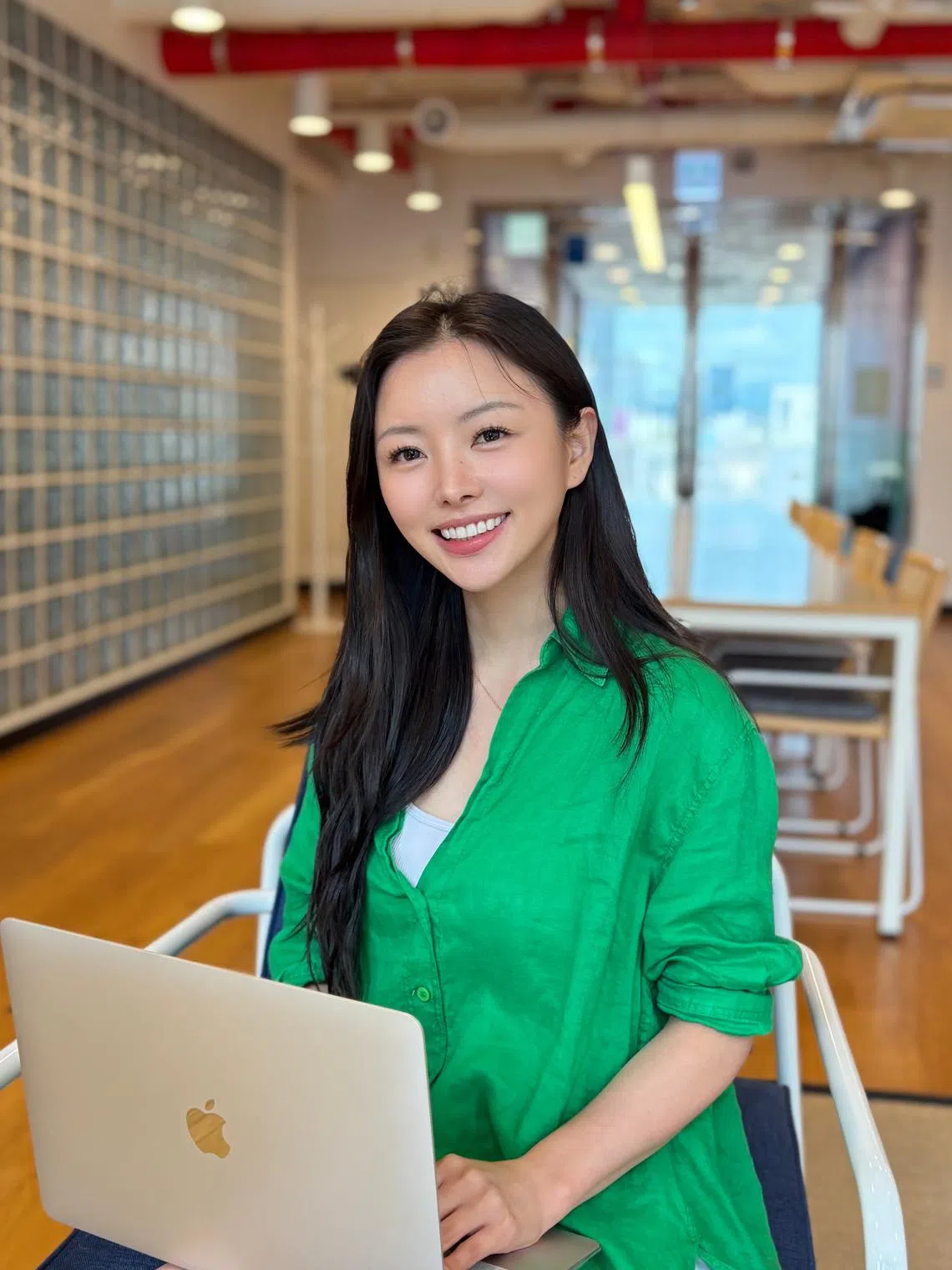
A Korean with a nursing background who lived most of her life in Canada, Kang’s business has doubled since 2023. Patients from Australia, the US, Canada and Singapore are her top markets.
Her Singapore clientele, who make up 20 per cent of her business, are mostly in their 20s and 30s seeking facial-focused procedures such as eyes, nose or facial bone contouring surgery.
A lucrative market
South Korea’s efforts to draw medical tourists includes relaxed visa restrictions, plastic surgery tax refunds and the licensing of medical tourism agencies, such as beauty concierges.
Competition among the nation’s aesthetics doctors is extremely keen – there are hundreds of plastic surgery clinics in Seoul’s Gangnam district alone, though not all are licensed to treat foreigners. Jostling for business, many also reach out to concierges, asking for patients to be sent their way.
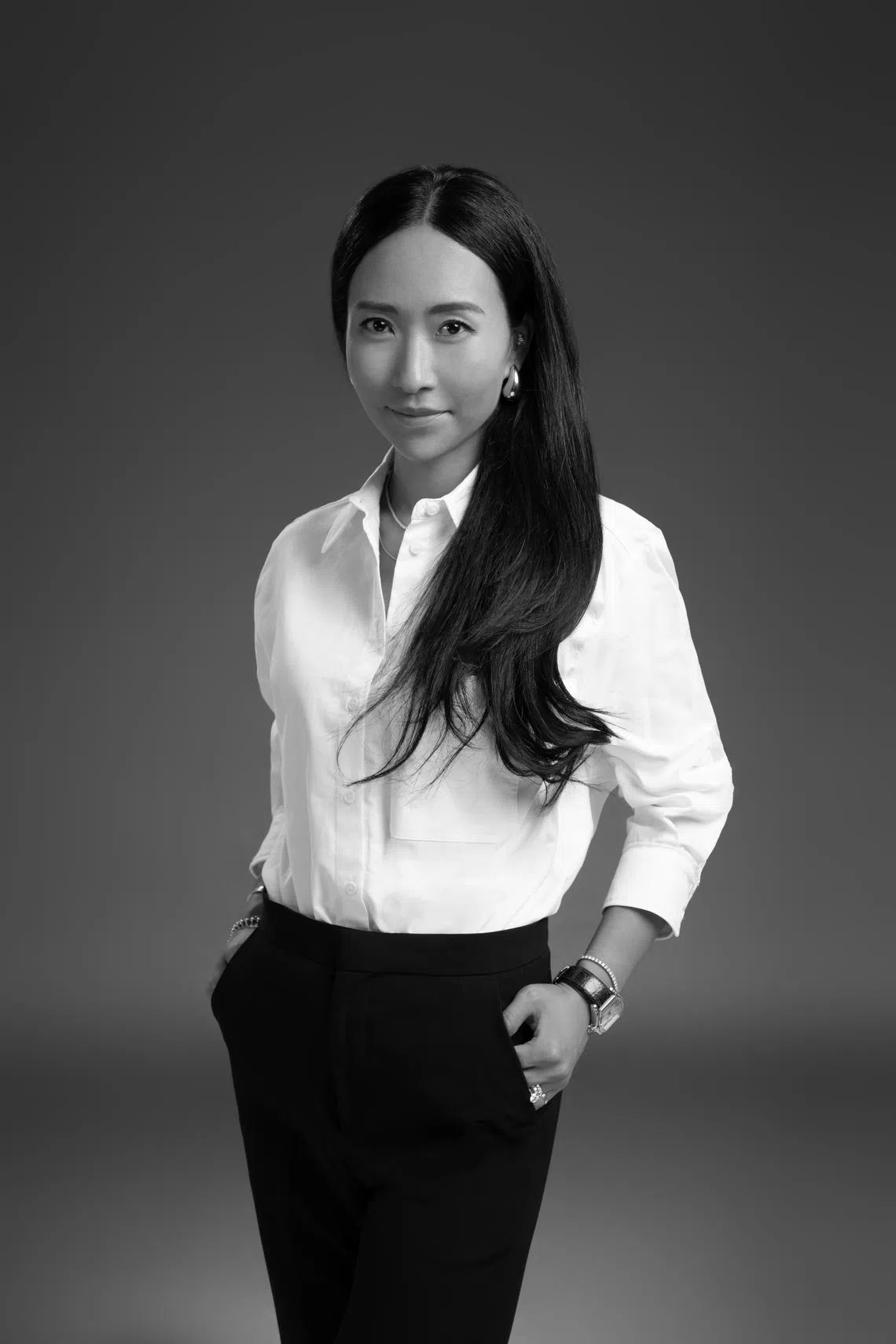
Erin An co-founded K-Beauty Concierge a year ago when she saw the opportunity to enter the under-served English-speaking medical tourism segment.
Prior to that, she had built a 19-year career in Hong Kong’s investment banking and hedge funds industry.
“Many foreigners are completely overwhelmed, not knowing where to go because there are thousands of clinics doing very active social media marketing,” says An, who markets her concierge services on social media and at in-person events.
“So we specifically target quite high-end clients – mostly women in their mid-30s to 70s – and are very specialised in anti-ageing types of procedures and treatments.”
Likewise, her Singapore clients fit this profile and tend to seek both surgical and non-surgical anti-ageing procedures. Incidentally, it was An’s company that helped arrange one of the Kardashians’ treatments.
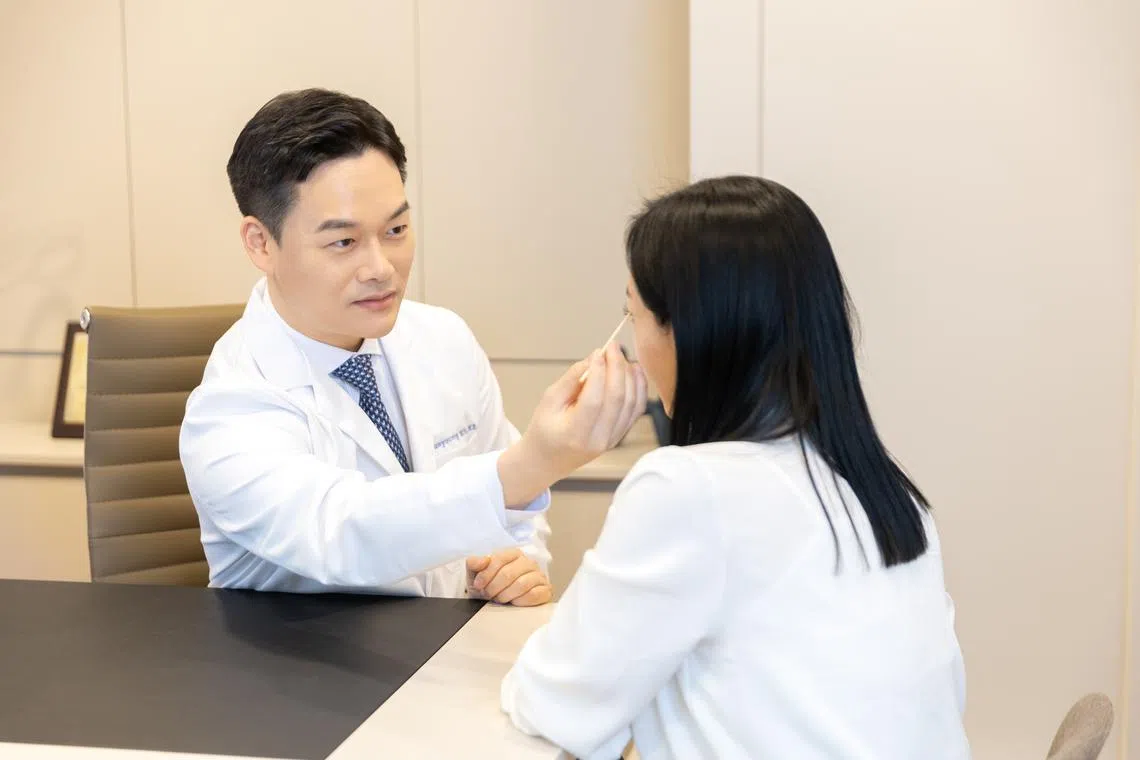
“Growth has been very impressive and we’ve been over-hitting our targets every month,” says An, noting that the landscape has changed very quickly since she started her business, with many clinics now equipping themselves with English translators as well. “For me, it’s proof of concept for the idea I had when founding this business.”
Like Beauty Hopper’s Kang, An says she vets partner clinics thoroughly before adding them to her portfolio of service providers.
Room for further growth
Cheryl Soh (not her real name) was just 26 when she headed to Seoul for plastic surgery in October last year – despite never having had any sort of aesthetic treatments before.
She admits there is “nothing wrong” with her appearance but that she had disliked her “bulbous” nose since she was a teenager. She also wanted a sharper face shape that’s “a bit more snatched”.
Soh said she tried but did not find a plastic surgeon in Singapore that she felt comfortable with.
She would have liked to see patient examples but that is not possible since before-and-after photos are prohibited under Singapore’s advertising rules for medical practitioners.
Encouraged by her mother-in-law’s successful blepharoplasty (eyelid and eyebag removal surgery) in South Korea, she decided to head there herself – parents in tow – and went with Beauty Hopper, which popped up on her social media feed.
She took the concierge path instead of going directly to clinics because the latter’s marketing is “really top-notch” and it was too difficult to pick one.
“They can speak every language you want and have different Instagram accounts targeted at different countries.”
As to whether she felt restricted to selecting from clinics shortlisted by a concierge, Soh countered that she wasn’t confident about choosing her own.
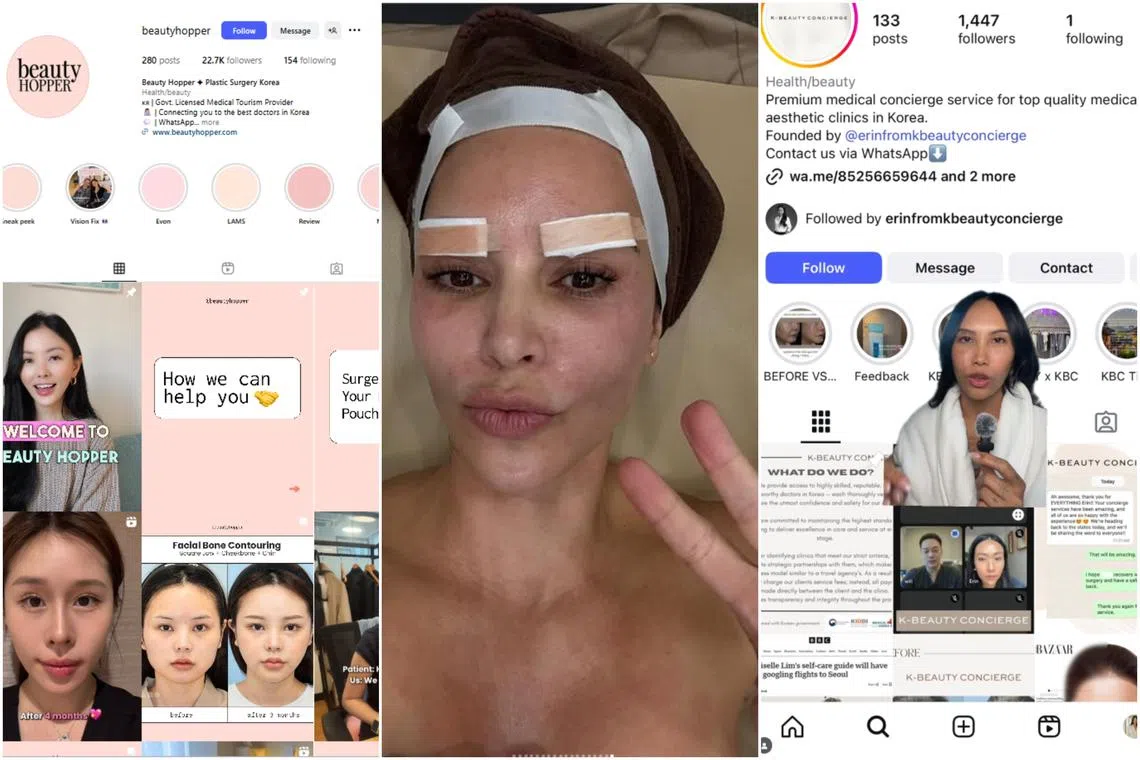
In the end, the sustainability consultant paid a total of S$17,000 for a six-hour procedure that covered rhinoplasty and facial bone contouring – before tax refunds. Soh also spent about S$170 per night for hotel accommodation, staying 15 nights.
Soh is typical of those who come from English-speaking markets which are usually farther away and so try to get a lot more done in one trip than those from neighbouring Japan and China, says Kang.
As their business grows rapidly, both Kang and An are also seeing a tandem increase in patients coming from Singapore, a trend they expect to continue.
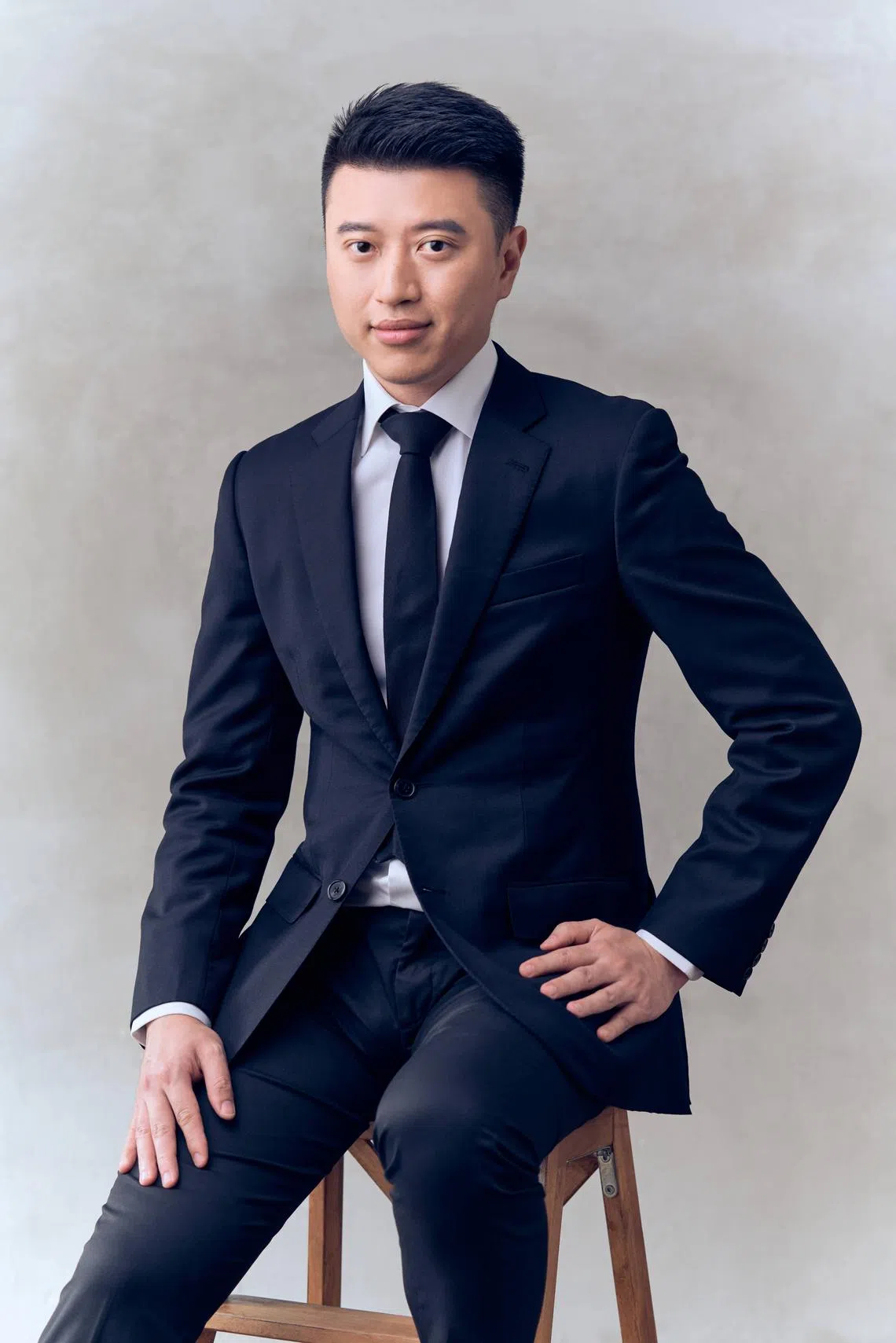
Despite the outflow of patients to South Korea, Dr Matthew Yeo, the International Society of Aesthetic Plastic Surgery’s national secretary for Singapore, says practitioners here are not significantly impacted because medical tourism flows in both directions.
Price takers overseas will draw budget-conscious medical tourists from Singapore, while doctors here receive high-value foreign patients.
“For these high-net-worth patients, the deciding factor is not the budget or cheapest provider, but who can provide safe, effective and good care.”
Like much else, buyer beware
Indeed, Soh says one must be aware of the powerful marketing machinery behind South Korea’s clinics.
“Based on their past case studies and interviews, you may have a sit-down session with the doctor, who will then describe the surgery in detail to you. Some people will think ‘wow, this guy really knows what he’s doing’. But think about it – this is just the baseline. They obviously need to know what they’re doing.”
Patients should do their homework and have a good idea of what they want – and what they don’t – and not be persuaded to do more than that. This is especially since intense competition means patients are rewarded with bigger discounts the more procedures they “stack”.
“These sub-line items will appear and you’ll have to make a decision right there and then and live with the consequences. So be wary of the hard sell.”
Soh was a bit scared heading into surgery and the first few days post-op were also very tough (“absolutely dying”), even though she had her mother’s help. “I was super drugged up, didn’t know what time it was, couldn’t breathe properly and could only drink milk for the first week.”
Meanwhile, Dr Yeo points out that no matter where surgery is done, there is always a small risk of complications. And although South Korea is known as a plastic surgery hub, well-marketed clinics do not equate to well-established ones.
In addition, doctors there are not restricted to working within their area of speciality, so sometimes, procedures are not carried out by plastic surgeons – a fact not very well-known to the public.
Complications he has had to fix for facial surgery include asymmetry, significant scarring, infections, issues with blood supply relating to the surgical site and non-healing wounds.
Also, insurance does not cover plastic surgery and even leaving a negative review for a botched job is difficult. This is because under defamation laws in South Korea, defendants may be held criminally liable if they make public allegations that damage another person’s reputation – even if it is true.
Further, the lucrative medical tourism market means there are many illegal medical tourism agencies in operation. In 2020, Bonnie Evita Law, a 34-year-old Hong Kong heiress of the Bossini apparel fortune, died during liposuction and breast augmentation procedures at a Seoul clinic. Law’s treatments were allegedly set up by an illegal South Korean broker.
Last month, the South Korean government announced that it would end tax refunds for foreigners’ cosmetic and dermatological procedures by Dec 31 this year. According to a public petition, this may lead to further cutthroat price competition as well as a resurgence of illegal brokers.
Those thinking of heading to Seoul – via concierge services or otherwise – will do well to look for the four features of a safe aesthetic plastic surgery, says Dr Yeo.
“Firstly, the condition and proposed treatment must match, and the doctor delivering the treatment must be qualified to do so,” he advises. “Then the facility in which the doctor performs the procedure must be sufficiently equipped for the procedure to be carried out safely and effectively. And finally, there must be adequate post-operative care to ensure that any complications are taken care of.”
Decoding Asia newsletter: your guide to navigating Asia in a new global order. Sign up here to get Decoding Asia newsletter. Delivered to your inbox. Free.
Copyright SPH Media. All rights reserved.


